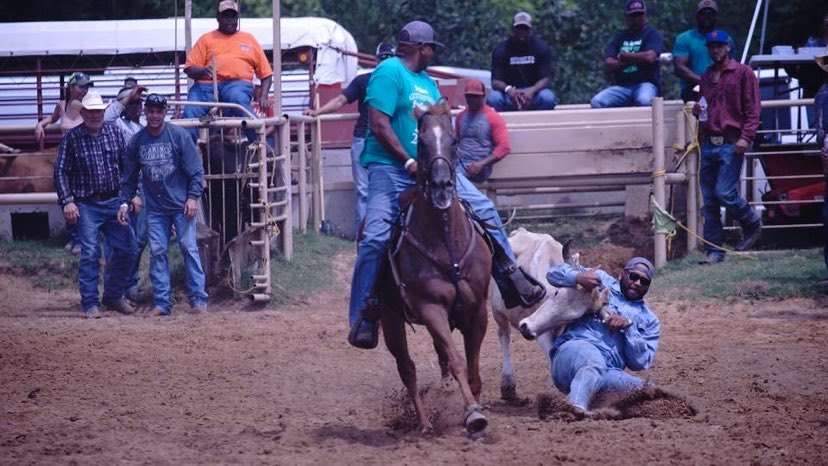The Oklahoma Eagle | Liberty Mutual Insurance
The Oklahoma Eagle 2nd Century Campaign
The Oklahoma Eagle’s Second Century Campaign is a year-round initiative to uniquely contextualize the narratives of Tulsans, our shared cultures, art, faith, entrepreneurial spirit, families and communities.
This series is made possible through our collaborative partnership with, and the generous contribution by, Liberty Mutual Insurance.
Learn More - 2022 Second Century Campaign

Agriculture in North Tulsa, 1899-Present
JUNE 2021
Behind a small light-green house on a cozy street in North Tulsa, Earl Stripling is tending to his own little Garden of Eden. Grapevines wind down metal trellises. In a small mesh greenhouse squeezed right into the middle of the yard, broccoli seeds germinate on an electric heat mat. More than 300 onions sprout from a flowerbed packed with phosphorus-rich soil.
Read Full Story
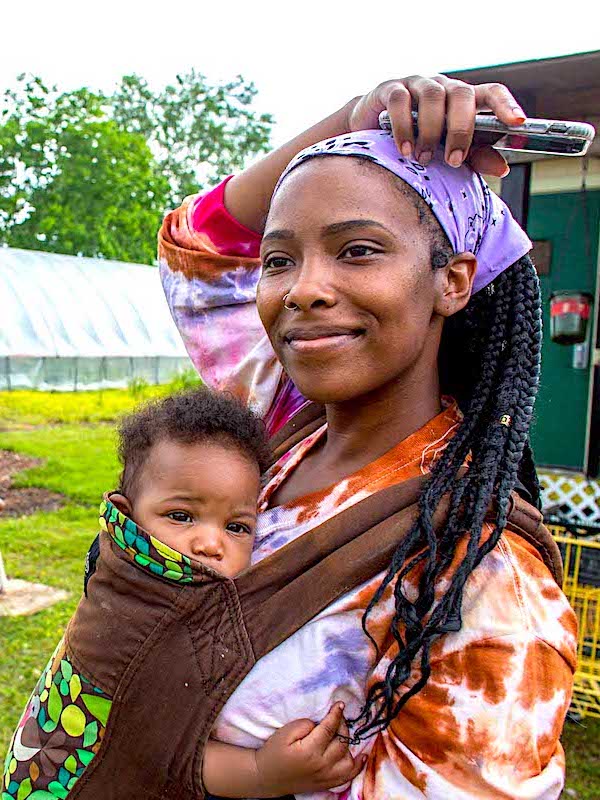
The Power Of Greenwood’s Circular Dollar
JULY 2021
Tulsa’s Greenwood neighborhood was a self-contained economic stronghold in its heyday, a commercial marketplace where nearly every dollar earned was spent right in the neighborhood.
Read Full Story
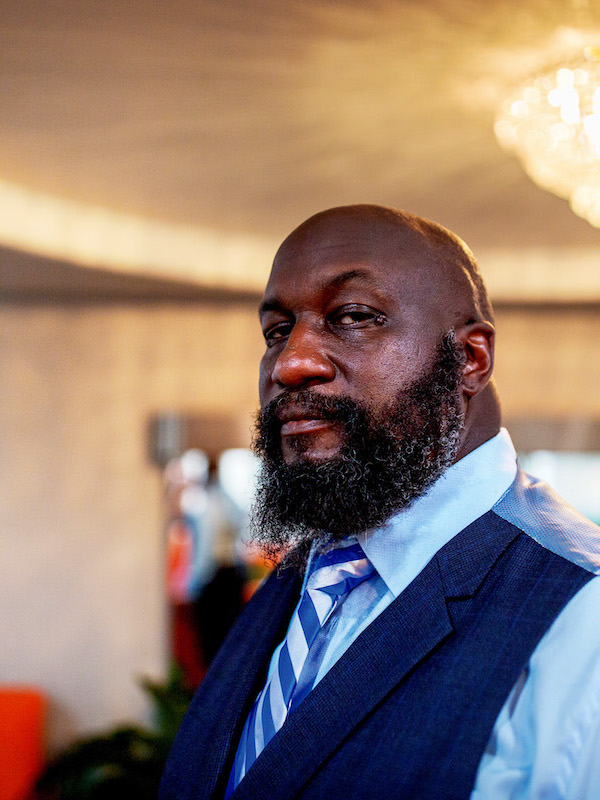
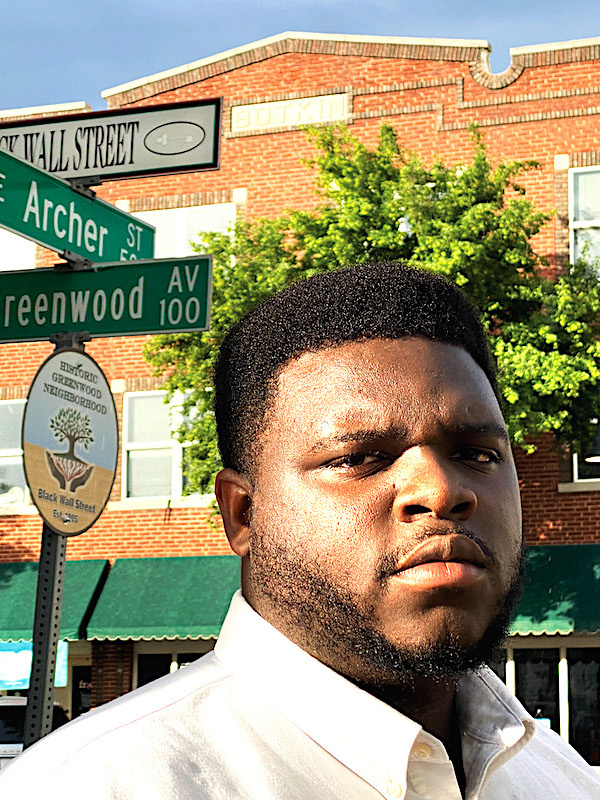
Goin’ to Worship: Sunday Is A Lifeline of Greenwood’s Legacy and Future
SEPTEMBER 2021
Against big odds – including COVID-19 fears, decreased interest in organized religion among a younger generation – many residents of this primarily Black community consider church the only place to be on a Sabbath morning. While membership and attendance at many Northside houses of worship have declined, engagement in the church remains the most popular activity among Tulsa’s Blacks.
After the blood dried and the dust settled, a small business owner in just about every Black Tulsa family sprang forward. They opened new rooming houses, transport companies, cafes, juke joints, and other enterprises at an extraordinary pace. By the mid-1940s, by the account of Oklahoma Historical Society, there were 240 businesses packed along with a few blocks of the Greenwood section. This was the second wave of Black entrepreneurship in Tulsa.
Read Full Story
Carrying on ‘Legacy of (Black) Physicians’
OCTOBER 2021
Against big odds – including COVID-19 fears, decreased interest in organized religion among a younger generation – many residents of this primarily Black community consider church the only place to be on a Sabbath morning. While membership and attendance at many Northside houses of worship have declined, engagement in the church remains the most popular activity among Tulsa’s Blacks.
After the blood dried and the dust settled, a small business owner in just about every Black Tulsa family sprang forward. They opened new rooming houses, transport companies, cafes, juke joints, and other enterprises at an extraordinary pace. By the mid-1940s, by the account of Oklahoma Historical Society, there were 240 businesses packed along with a few blocks of the Greenwood section. This was the second wave of Black entrepreneurship in Tulsa.
Read Full Story
On Greenwood: The North Tulsa Sports Machine
JANUARY 2022
Athletic superstars in different sports eras and far-flung urban areas. Gritty and driven, they are part of a distinctive group of athletes who hustled their way to sports fame. At first, blush, aside from raw sports hustle, seemed to have little in common.
And yet, as the Historic Greenwood District folks know, there is a strong thread and a legacy that bonds them together: they are all offspring of North Tulsa’s African American community. Although they are in different age groups, they were raised in roughly the same Northside neighborhoods. Jones and Lockett were Booker T. alums in 2004 and 2011, respectively. Starks graduated from Central High in 1983. And Tillis graduated from Cascia Hall. Her father, Tulsan James “Quick” Tillis, a celebrated heavyweight boxer, who was “one punch away” from beating Mike Tyson and the first to go the distance against him.
This shared heritage is not coincidental. The four are part of an army of athletes raised on Tulsa’s Northside and ascended to careers in sports. Some joined professional teams; others have become college, high school or secondary school coaches, team managers, or agents.
Read Full Story
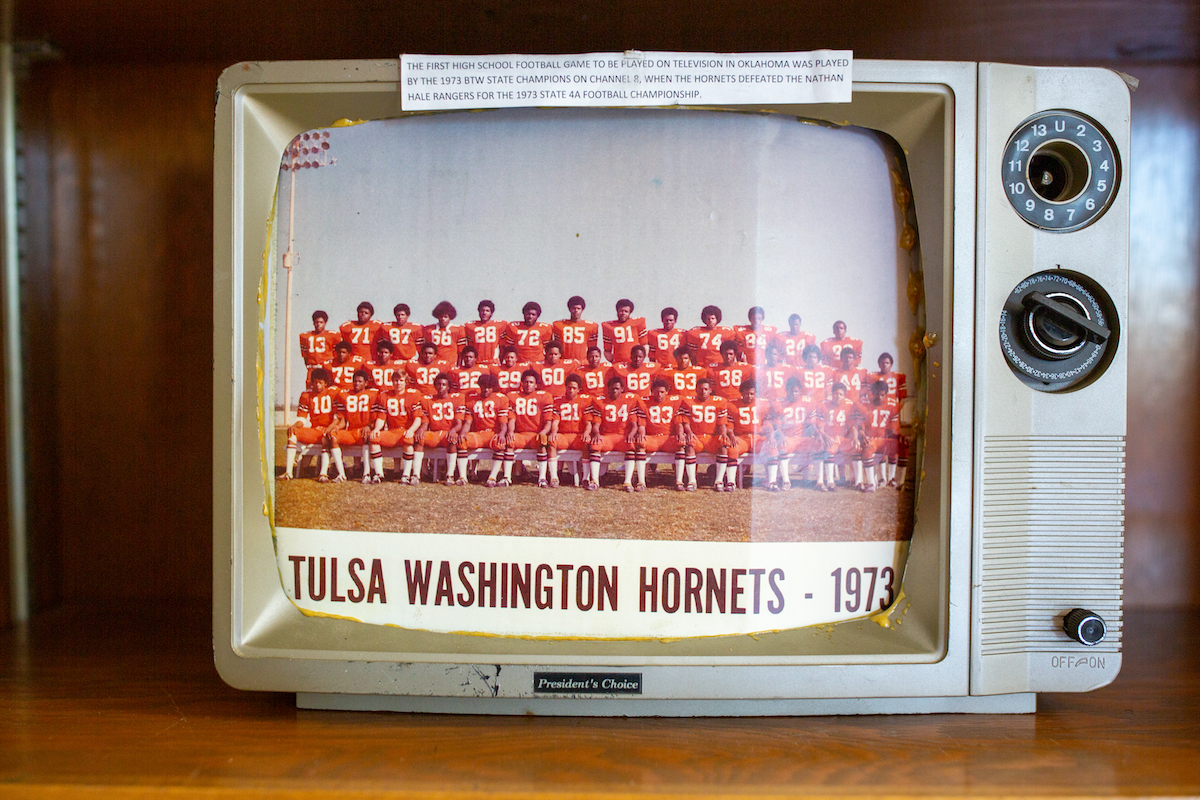
Today’s Political Leaders Carry the Torch for Justice and Equity
FEBRUARY 2022
Integrity matters; being principled in serving people in the right way has to matter. There is a lot that needs to be done in this city.”
James O. Goodwin, who has been the Eagle’s publisher since 1979, also weighed running for office. But he decided he could best serve the city’s politics running the newspaper and working as a behind-the-scenes broker. His inspiration was his father, who had been a longtime Greenwood civic leader as well as the Eagle’s Publisher.
“He strongly believed in public service and set an example for it,” Jim Goodwin said in an interview. “I have tried to follow in that spirit.”
In the late 1980s, Goodwin and the local chapter of the NAACP sued the city of Tulsa, alleging discrimination against North Tulsans.
The suit drew attention to the unevenness of official North Tulsa representation in city politics. It paved the way for a recommendation that the city completely overhaul its approach to governance. In 1989, Tulsa voters passed a sweeping statute to restructure the city’s governing body. According to the new rules, different districts of the city would get exact representation on the new council. The new structure was a boon for North Tulsa. It created District 1, which encompassed Historic Greenwood and a big swath of the Northside. That move guaranteed that Northsiders would have a representative on the council.
Read Full Story
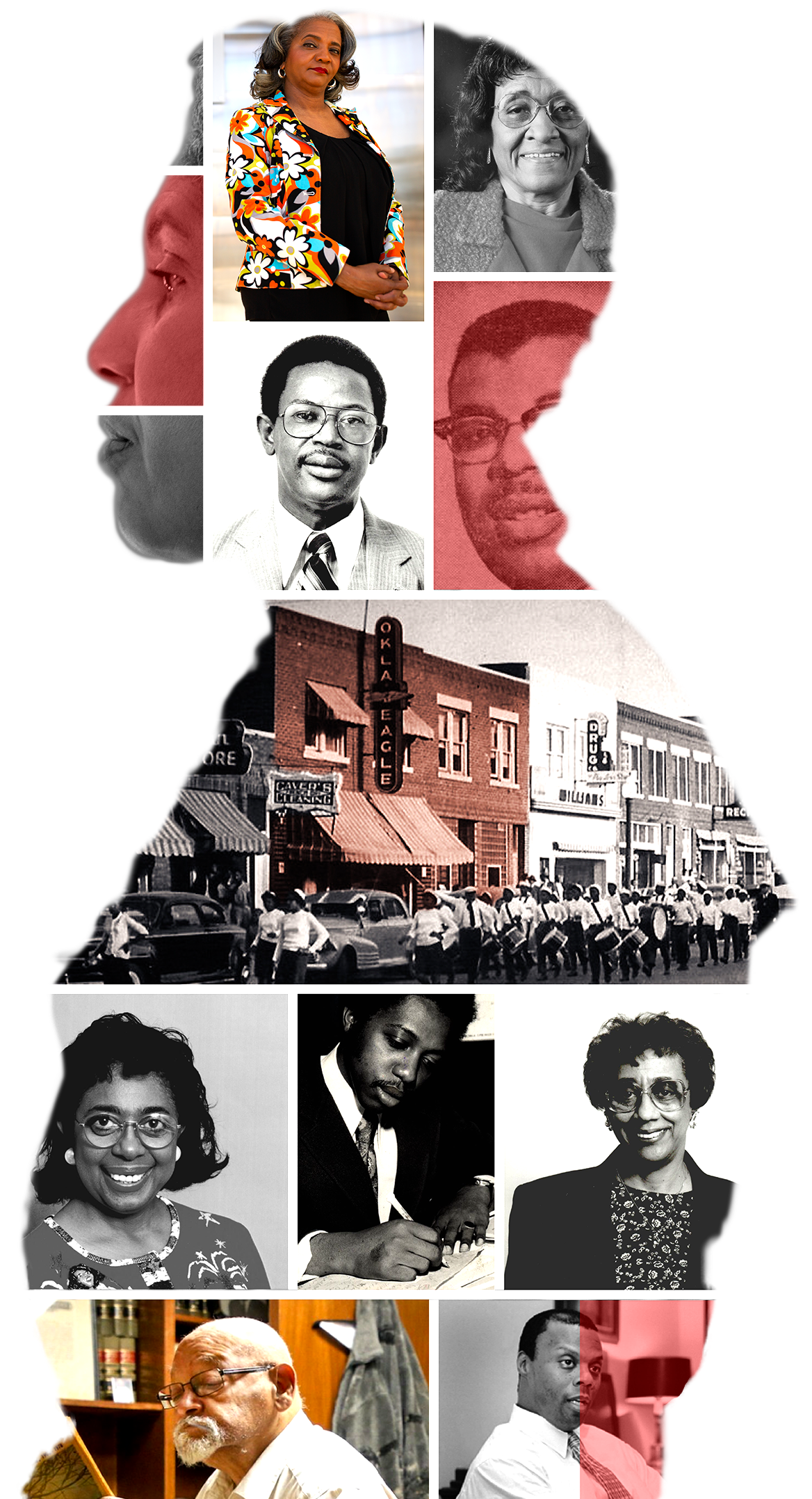
Second Century Project Team
GARY LEE, Project Lead, Editor and Contributor
M. DAVID GOODWIN, Editor
ROSS D. JOHNSON, Creative
VICTOR LUCKERSON, Contributor
MARY NOBLE, Contributor
MARSH MEDIA & BASIL CHILDERS, Visual Media

Learn More - 2022 Second Century Campaign




